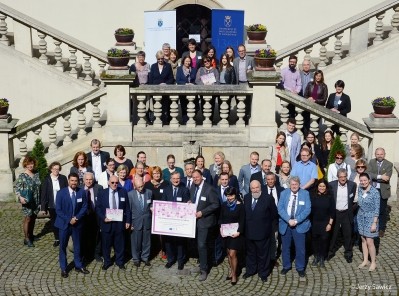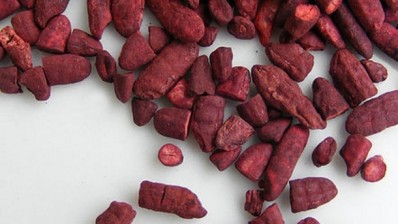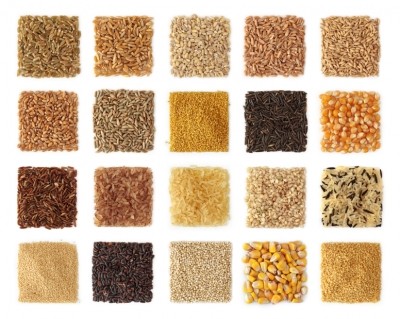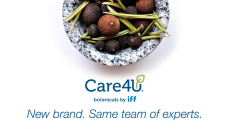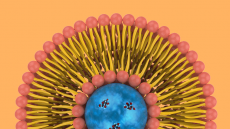Multi-nutrient rice set to address worldwide ‘hidden hunger’ challenge
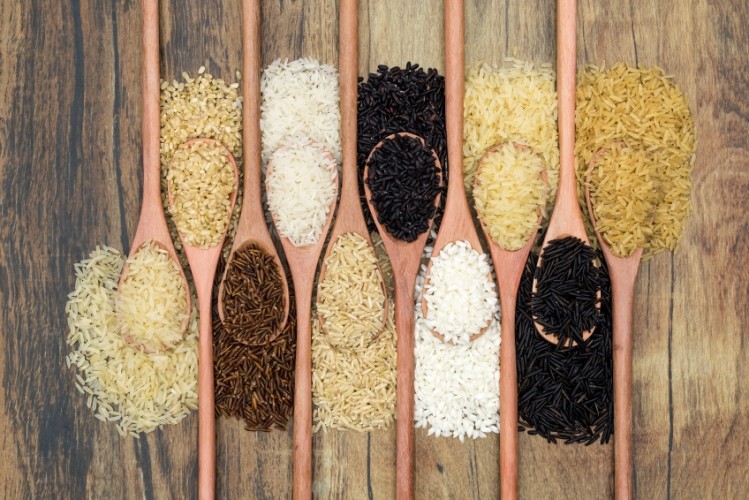
Swiss researchers reveal details of a new method that combines several micronutrients into one rice plant, overcoming a longstanding challenge that previous breeding efforts have failed to overcome.
“Our results demonstrate that it is possible to combine several essential micronutrients - iron, zinc and beta-carotene - in a single rice plant for healthy nutrition,” said Dr Navreet Bhullar, senior scientist at the Laboratory of Plant Biotechnology at the Swiss Federal Institute of Technology (ETH) in Zurich.
Deficiencies of minerals and essential vitamins, including iron deficiency anaemia (IDA), zinc deficiency and vitamin deficiency are not restricted to developing countries.
The phenomenon of “hidden hunger” has found its way towards high-income countries in Western Europe.
Iodine intake in the UK for example has fallen in recent years, and mild iodine deficiency has reappeared.
In addition, vitamin intake in Italian women and vitamin C in Scandinavian men and male smokers is low as are intakes of vitamin D and E for people living in Northern, Western and Southern Europe.
Gene cassettes
Writing in the journal Scientific Reports, Dr Bhullar describes the work needed toengineer a gene cassette containing four genes for the micronutrient improvement.
This cassette is then inserted into the rice genome as a single genetic locus. In doing so iron, zinc and beta-carotene levels in rice varieties can be increased at the same time.
The method is arguably more efficient than crossing rice lines and their individual micronutrients to achieve the required micronutrient content in rice grains.
“Combining different nutritional traits as a single genetic locus in a major staple crop is a significant step towards realizing combined supplementation for health benefits, although further improvements and optimization of the combined traits are still possible,” the authors wrote.
“If one would substitute 70% of the currently consumed white rice with the multi-nutrient variety, this could markedly improve vitamin A supplementation already in addition to sufficient iron and zinc in the diet,” added Dr Bhullar.
Previous work
The work builds on work done by the University in 2000, which researchers were able to manipulate the endosperm of the rice grain into producing beta-carotene, the precursor of vitamin A.
Known as “Golden Rice,” the variety was later improved to and is now used in breeding programs in several countries, primarily in Southeast-Asia.
In 2005, Golden Rice 2 was announced, which produces up to 23 times more beta-carotene than the original golden rice.
In partnership with other countries, ETH Zurich also developed rice varieties with increased iron levels in the rice and wheat grains.
The expertise and experience gained from previous trials means this multi-nutrient rice variety is soon to undergo testing under more testing conditions.
“We will improve the lines further,” explained Dr Bhullar. “It is planned to test the plants in confined field trials to determine if the micronutrient traits and also agronomic properties are equally robust in the field as they are in the greenhouse.”
She added that the new rice lines would be tested in the field next year, although the timescale for production in farmer’s fields is still unknown.
“It will probably be five years before the multi-nutrient rice can be used to reduce hidden hunger,” she said.
Source: Scientific Reports
Published online ahead of print: DOI:10.1038/s41598-017-07198-5
“Single genetic locus improvement of iron, zinc and β-carotene content in rice grains.”
Authors: Simrat Pal Singh, Wilhelm Gruissem & Navreet Bhullar
